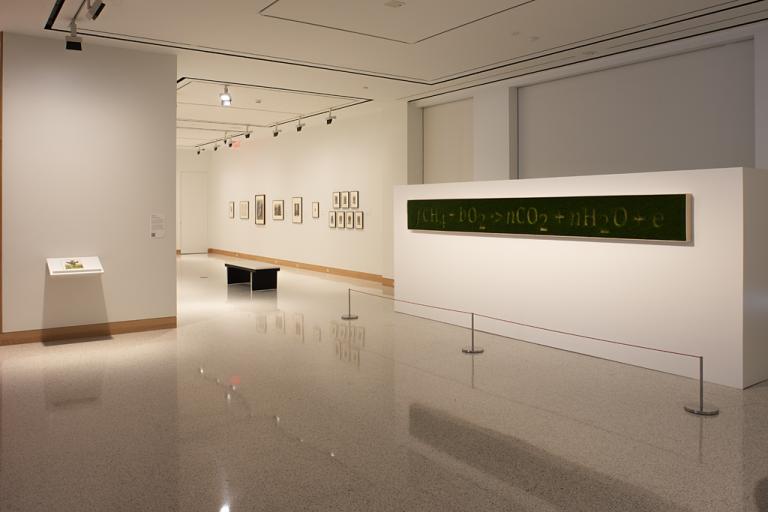untitled (Maskeron), Sebald Beham
Artwork Overview
Sebald Beham, artist
1500–1550
untitled (Maskeron),
1543
Where object was made: Holy Roman Empire (present-day Germany)
Material/technique: engraving
Dimensions:
Sheet/Paper Dimensions (Height x Width): 51 x 78 mm
Sheet/Paper Dimensions (Height x Width): 2 x 3 1/16 in
Mat Dimensions (Height x Width): 19 x 14 in
Sheet/Paper Dimensions (Height x Width): 51 x 78 mm
Sheet/Paper Dimensions (Height x Width): 2 x 3 1/16 in
Mat Dimensions (Height x Width): 19 x 14 in
Credit line: Museum purchase
Accession number: 1969.0008
Not on display
If you wish to reproduce this image, please submit an image request



